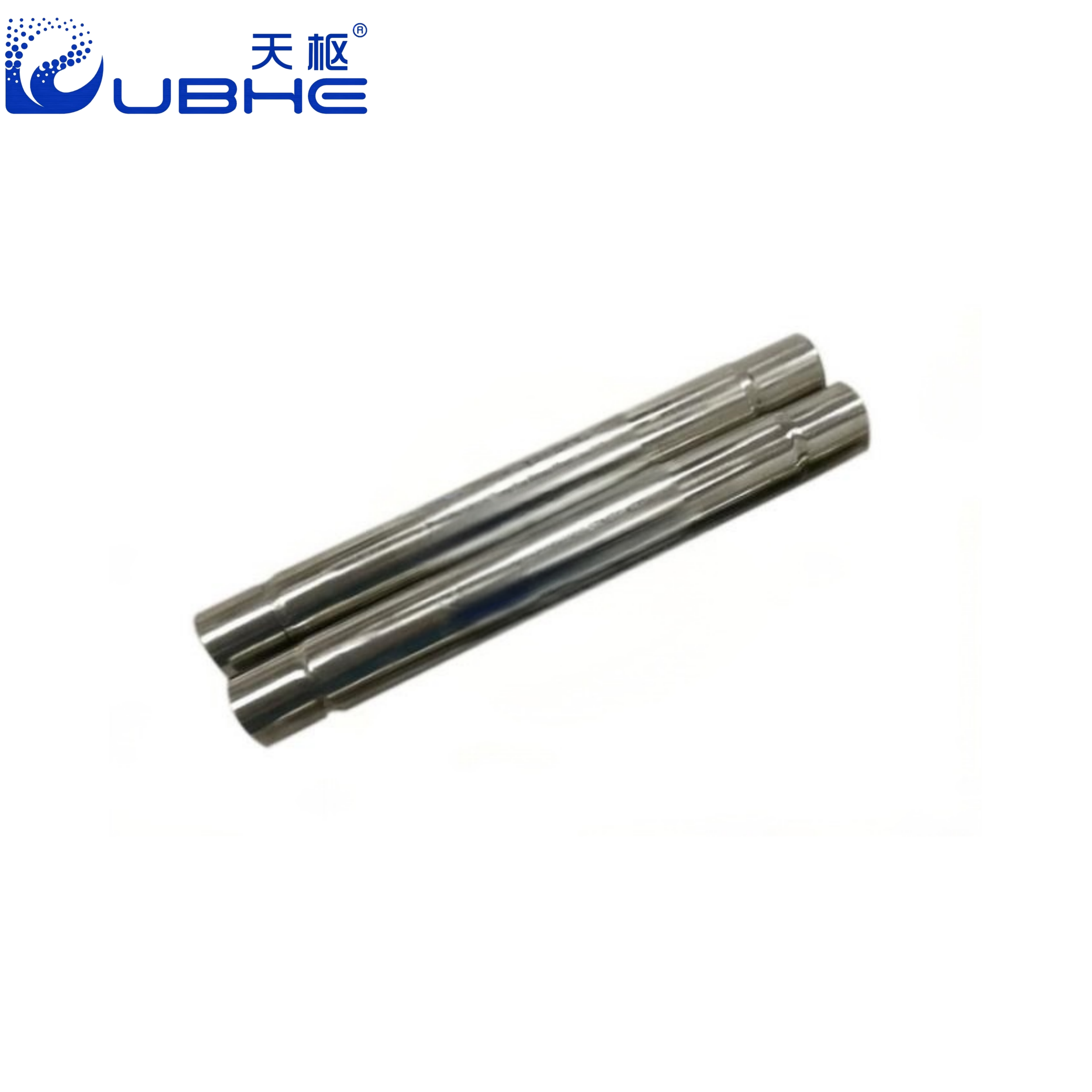What is static mixing?
Tubular Static Mixer
A tubular static mixer typically consists of three sections (though the number may be increased based on the properties of the mixed media) . Each section contains a fixed helical blade twisted at 180°, available in both left-hand and right-hand orientations. Adjacent sections feature helical blades with opposite rotational directions and are offset by 90°. To facilitate installation of the helical blades, the cylinder is split into two semi-circular halves, with flanges at both ends for connection. The seam between the cylinder halves is sealed with epoxy resin to ensure leak-proof performance. The helical blades remain stationary while only the materials or media being mixed move through them. As fluids pass through the mixer, pressure drop occurs without requiring external energy input. The mixing mechanism primarily involves flow division, radial mixing, and counter-rotation, enabling two media to continuously undergo intense blending and diffusion to achieve homogeneous mixing.


-
Which Industries Use Static Mixers?
Application
Granules, Liquid, Liquid with Suspended Solids, Powder, Viscous Fluid, Gas
Application Area
Agricultural Chemicals, Chemical, Daily Chemical, Engineering & Construction, Food, Metallurgy&Mineral, Pharmaceutical
Cooling Method
Air Cooling
Mixing Capacity
1000L & Above
Material
Ss, Polypropylene, Teflon, PVDF, PVC
Operating Type
Continuous Operating
Transport Package
Wooden Case
Production Capacity
50000pieces/Year


